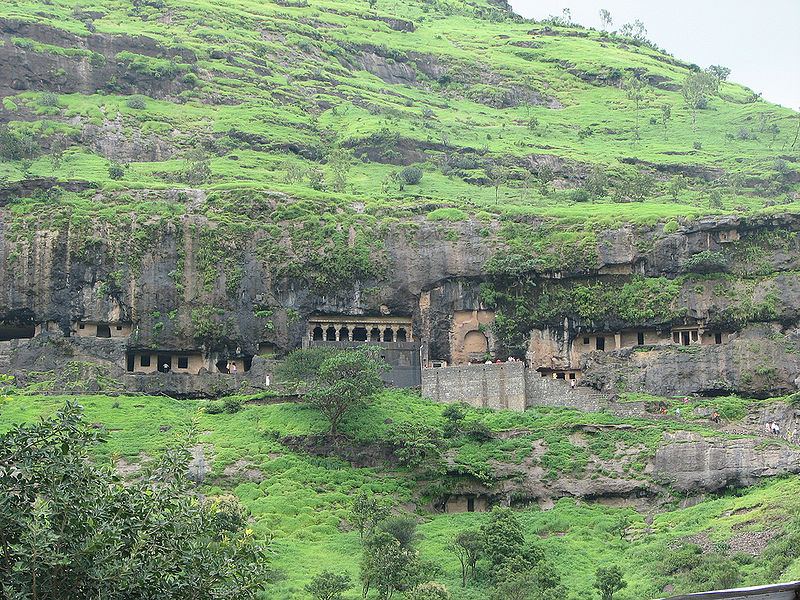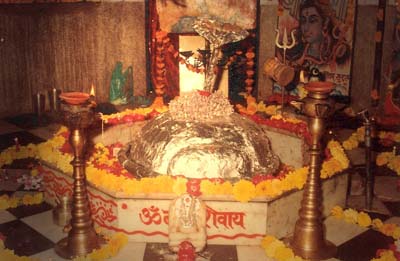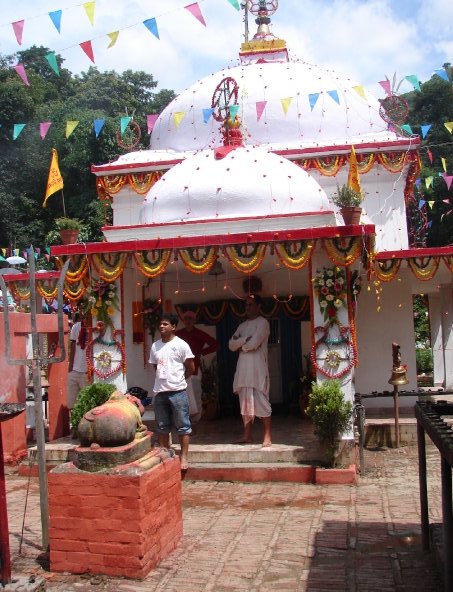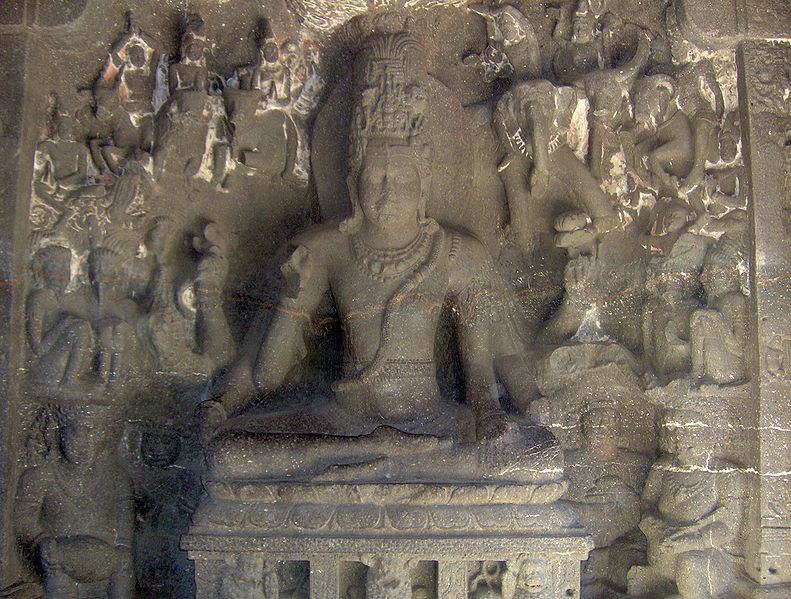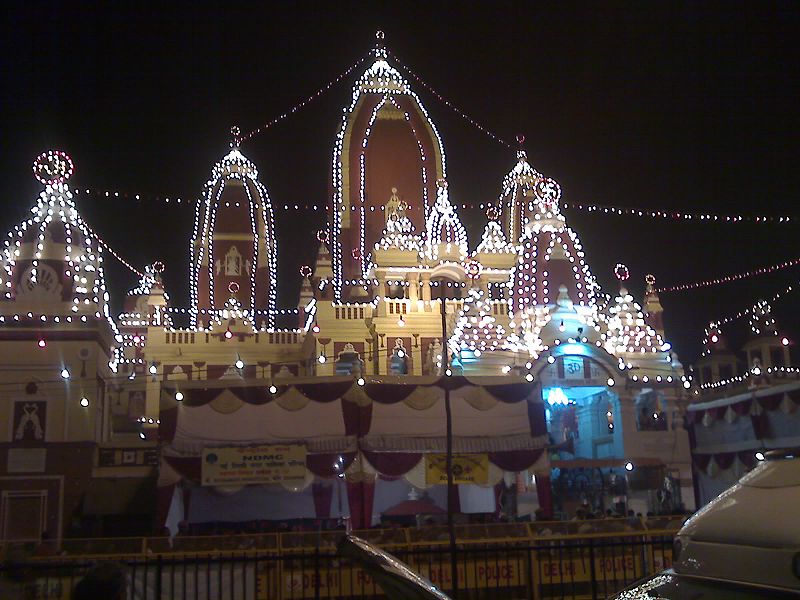KAILASHNATH TEMPLE, ELLORA
Country:- India
State:- Maharashtra
District:- Aurangabad, Maharashtra.
Location:- Ellora
Primary deity:- Kailashanatha (Shiva)
Architectural style:- Dravidian style.
Creator:- Krishna 1
Date created:- 756-774 CE
Kailashnath Temple, also Kailash Temple or Kailasanath Temple is a famous temple, one of the 34 monasteries and temples, known collectively as the Ellora Caves, extending over more than 2 km, that were dug side by side in the wall of a high basalt cliff in the complex located at Ellora, Maharashtra, India. Of these 34 monasteries and temples, the Kailasa (cave 16) is a remarkable example of Dravidian architecture on account of its striking proportion; elaborate workmanship architectural content and sculptural ornamentation of rock-cut architecture. It is designed to recall Mount Kailash, the abode of Lord Shiva. It is a megalith carved out of one single rock. It was built in the 8th century by the Rashtrakuta king Krishna I.The Kailash Temple is notable for its vertical excavation—carvers started at the top of the original rock, and excavated downward. The traditional methods were rigidly followed by the master architect which could not have been achieved by excavating from the front.It is estimated that about 400,000 tons of rocks was scooped out over hundreds of years to construct this monolithic structure. From the chisel marks on walls of this temple, archeologists could conclude that three types of chisels were used to carve this temple.All the carvings are done in more than one level. A two-storeyed gateway opens to reveal a U-shaped courtyard. The courtyard is edged by a columned arcade three stories high. The arcades are punctuated by huge sculpted panels, and alcoves containing enormous sculptures of a variety of deities. Originally flying bridges of stone connected these galleries to central temple structures, but these have fallen.Within the courtyard are two structures. As is traditional in Shiva temples, an image of the sacred bull Nandi fronts the central temple housing the lingam. In Cave 16, the Nandi Mandap and main Shiva temple are each about 7 metres high, and built on two storeys. The lower stories of the Nandi Mandap are both solid structures, decorated with elaborate illustrative carvings. The base of the temple has been carved to suggest that elephants are holding the structure aloft.A living rock bridge connects the Nandi Mandap to the porch of the temple. The temple itself is tall pyramidic structure reminiscent of a South Indiantemple. The shrine – complete with pillars, windows, inner and outer rooms, gathering halls, and an enormous lingam at its heart – carved from stone, is carved with niches, plasters, windows as well as images of deities, mithunas (erotic male and female figures) and other figures. Most of the deities at the left of the entrance are Shaivaite (followers of Lord Shiva) while on the right hand side the deities are Vaishnavaites (followers of Lord Vishnu).There are two Dhwajasthambha (pillars with the flagstaff) in the courtyard. The grand sculpture of Ravana attempting to lift Mount Kailasa, the abode of Lord Shiva, with his full might is a landmark in Indian art.
PHOTOS:-
- Shiva temple from the top:-

- Shiva linga at the temple:-

- Kailash pillar:-

- Kailash temple:-

- Kailash temple:-



